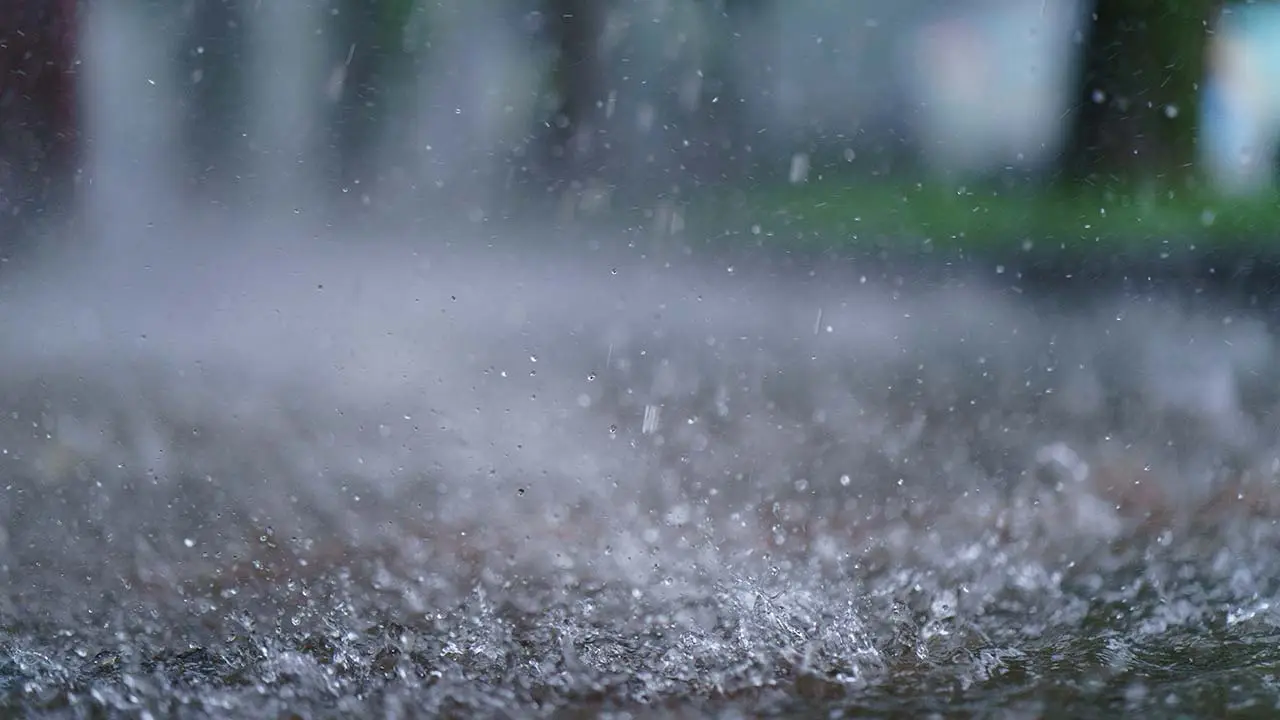Early Monsoon Arrives, But Is Nepal’s Insurance Sector Ready to Weather the Storm?

The skies over Nepal have turned grey earlier than expected this year. The familiar rhythm of monsoon showers has arrived ahead of schedule, prompting concern rather than relief. According to a regional consensus among South Asian meteorologists, Nepal is likely to witness above-normal monsoon rains in 2025 for the second consecutive year. So the question remains whether enough has been done to protect those who are always hit the hardest—the farmers in low-lying plains, the families perched along landslide-prone hills, and the countless others who live day to day, uninsured and unprotected.
As Nepal braces for an early monsoon in 2025, the memories of last year’s devastating floods and landslides remain vivid. On September 2024, the rains brought not just water, but devastation—floods ravaged the Kathmandu Valley, landslides tore through the hills, and homes were submerged or swept away. Over 200 lives were lost in a matter of days. The capital received more than 700 mm of rain in just three days, half its annual average. What followed was chaos resulting to blocked roads, collapsed houses, and a staggering rise in insurance claims that surpassed NPR 2.67 billion within weeks.
Insurance claims from flood and landslide damage surged past Rs 12.78 billion. Yet, by the March of 2025, only a fraction of just Rs 3.05 billion had been paid out. Behind those numbers lay stories of delay, frustration, and in many cases, complete exclusion from the safety net insurance is supposed to provide.

The destruction caused by last year’s monsoon flood and landslides
Amid the challenges, a quiet revolution in risk financing is beginning to take root which is known as parametric insurance. This system pays out not based on physical assessments of damage, but on pre-agreed triggers like a river exceeding a certain flood level. In 2022, a pilot project led by Stonestep Nepal and Practical Action offered such insurance to hundreds of vulnerable farming households. When the Karnali River breached thresholds during last year’s monsoon, payouts were triggered automatically, with no paperwork or waiting.
But the scale remains limited. While parametric schemes reached a few hundred households, the 2024 floods affected tens of thousands. The Nepal Insurance Authority has acknowledged the shortfalls and is in the process of establishing a judicial panel dedicated to speeding up claim resolution. However, the reality is that systemic reform is needed. Insurance must shift from being a reactive service to an embedded part of disaster planning and community resilience.
These small experiments offer a glimpse of what could be a more responsive, inclusive insurance model for Nepal. Backed by insurance company like Shikhar Insurance and supported through digital platforms, parametric insurance provides both speed and certainty two qualities traditional claim processes often lack.
If the early rains of 2025 are a warning, they also present an opportunity. Nepal stands at a crossroads: it can either allow insurance to remain a forgotten tool that fails the most vulnerable, or it can build an ecosystem where parametric models are scaled, claim processes digitized, and insurance literacy pushed at the community level.
The monsoon does not wait. Neither should the country’s insurance sector. Because resilience is not just about rebuilding after the storm. Instead, it’s about ensuring people can stand again, not in desperation, but with dignity.
